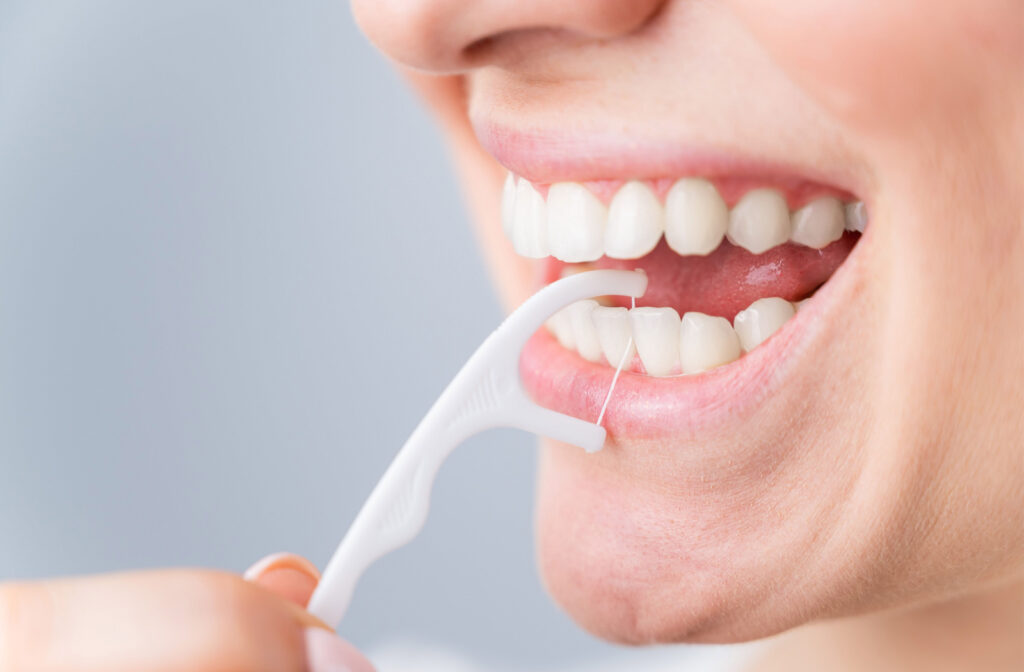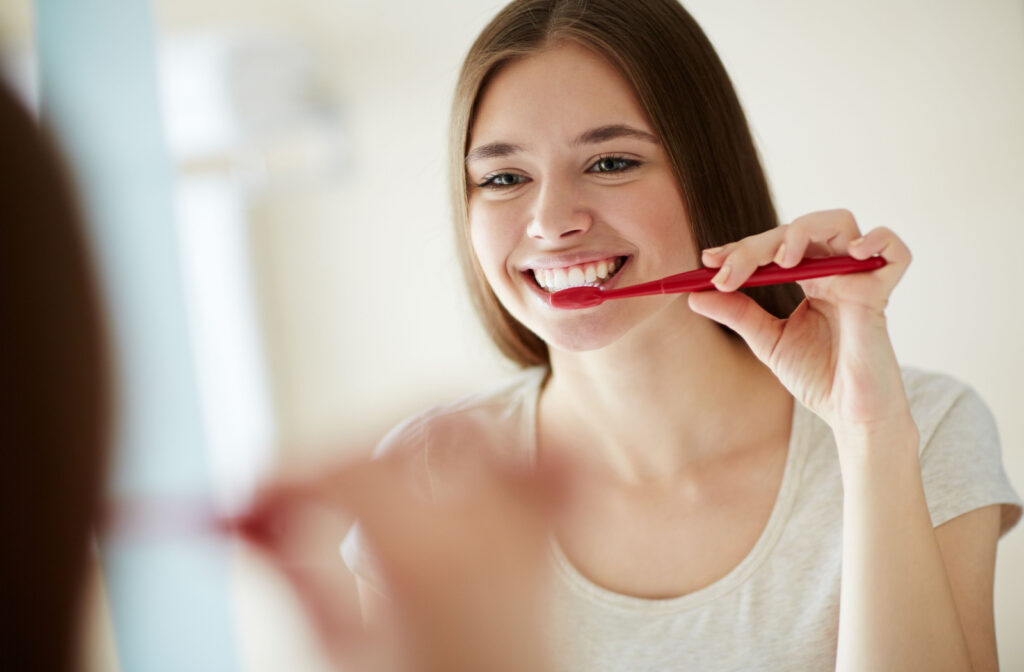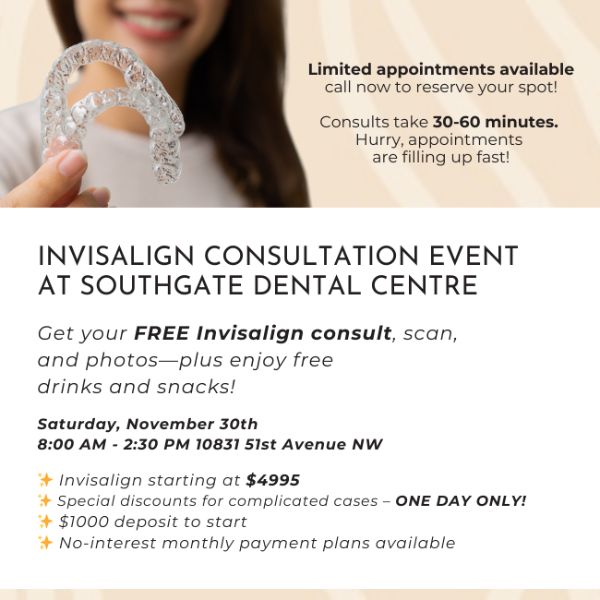Daily brushing is essential for any morning routine, helping you avoid cavities and other dental problems. You may not know it, but when you brush your teeth can have a significant impact on your dental health.
The question isn’t if you brush—it’s when you brush. Many patients ask whether they should brush their teeth before or after breakfast.
Why It’s Important to Brush Before Breakfast
It’s better to brush your teeth before you sit down for breakfast. The protective fluoride from your toothpaste and brushing increases saliva production, which can help protect your teeth against bacteria and acids common in breakfast foods and drinks, like orange juice.
Plaque in your mouth has time to build up when you’re sleeping because salvia production decreases at night. If you mouth breath while you sleep, it can also cause plaque to form more easily because the proteins bind quicker to a dry surface. This makes it important to brush your teeth as soon as possible to remove bacteria. Toothpaste coats your teeth with fluoride when you brush your teeth, which helps protect against cavities.
A study found that brushing teeth increases saliva production for around 5 minutes. Brushing your teeth before you eat breakfast may reduce the plaque on your teeth after eating.
What if You Like to Brush Your Teeth After Breakfast?
If you don’t like brushing your teeth before breakfast, that’s completely okay—just be aware of some potential risks for your teeth.
Many breakfast foods and drinks are acidic—they can weaken your enamel, the tooth’s outer layer. Brushing your teeth immediately after eating has the potential to damage your enamel due to the acidity of your breakfast combined with the abrasiveness of a toothbrush’s bristles.
To protect your teeth, wait at least 30 minutes to an hour before brushing your teeth after having breakfast.
How to Avoid Pesky Stains
The morning is typically when many people enjoy coffee or tea to start their day. However, many foods and drinks can stain your teeth.
If you’ve brushed your teeth before eating, make sure you rinse your mouth with water after eating and drinking. This can help protect your teeth and reduce the risk of staining. If you want to avoid the risk of stains altogether, you should steer clear of the following foods and drinks:
- Coffee
- Tea
- Cranberry, grape, or orange juice
- Berries
You don’t need to give these foods and drinks up completely—just make sure you take care of your teeth and don’t forget to rinse after eating. These stain producing foods and drinks will make a difference.

Brushing Your Teeth: Oral Care Tips for Better Health
Brushing your teeth is something every patient believes they do well. You’ve likely brushed your teeth every day for years, but it never hurts to refresh yourself on the best ways to care for your oral health.
The Canadian Dental Association recommends the following tips when brushing your teeth. They can help you avoid plaque and tartar in the future.
- Start brushing at a 45-degree angle, directing the toothbrush’s bristles to where your teeth and gums meet. Move the brush in a circular motion up and down your tooth. Don’t scrub your teeth or gums—gently brush them to avoid potential gum recession.
- Clean all surfaces on your teeth, including the front, back, and sides, to avoid plaque buildup.
- Take your time brushing, and set a timer so you don’t rush yourself. Brush for at least 2 minutes.
- Brush your teeth differently each time. Brushing in the same pattern daily can cause plaque buildup because we tend to miss the same spots.
- Use a soft, rounded bristle brush and choose a toothbrush with a straight handle.
Don’t Forget to Floss (Interdental Cleaning)
Interdental cleaning, for example Waterpik, flossing stick, regular floss, or other aids is just as important as brushing your teeth. It can help reduce plaque between teeth, remove food debris, and prevent gum disease.
You can effectively floss by following these steps:
- Take a piece of floss the length of your hand to your shoulder (about 18 inches) and wrap it around your middle and index fingers on each hand.
- Hold the floss between your fingers at a very short distance (approximately half an inch) so that your fingers on the inside and outside actually touch your tooth for guidance.
- Place the floss between your teeth in the shape of a “C” and floss in the area around 2 to 3 times or until you hear a squeaky noise.
- Floss between all of your teeth, including around the back molars.
Your gums may bleed when first start flossing, but this is a normal reaction. Make sure to visit your dentist if the bleeding doesn’t stop after a few days of consistent flossing—this could be a sign of an underlying dental health issue.
Keep Up with Regular Dental Exams & Cleanings
Daily brushing and flossing are essential for oral health, but regular dental visits are just as important. Your dentist and dental hygienist are here to help keep your teeth and gums clean and healthy.
Contact Southgate Dental Centre when it’s time for your next dental exam.



